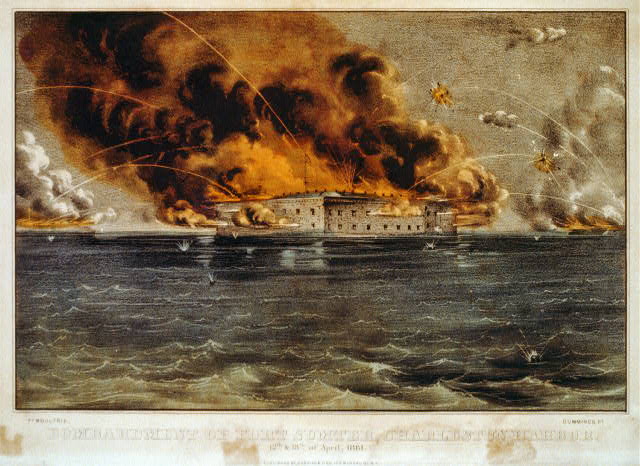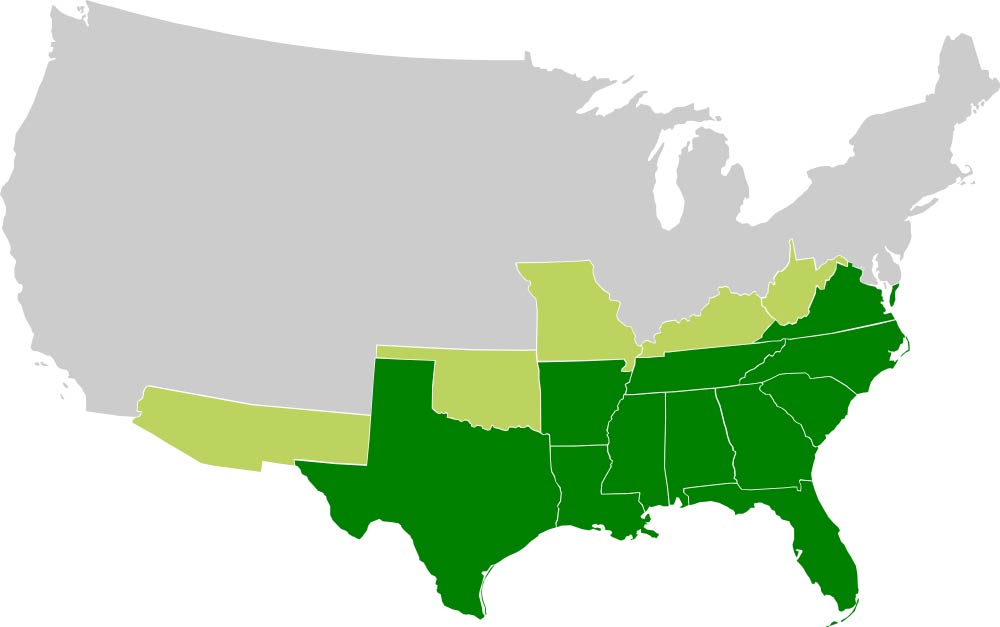 The Confederate States of America is the name given to the government formed by those states that decided to secede from the United States of America in 1860 and 1861. Originally, seven states seceded and these were later joined by four others.
The Confederate States of America is the name given to the government formed by those states that decided to secede from the United States of America in 1860 and 1861. Originally, seven states seceded and these were later joined by four others.
The original seven states were Mississippi, Georgia, Alabama, Louisiana, South Carolina, Florida and Texas. The secession precipitated the American Civil War when, on April 12, 1861, the Confederates led an assault on the Union garrison at Fort Sumter. With the outbreak of hostilities, an additional four states joined the confederacy. These states were North Carolina, Tennessee, Arkansas and Virginia.
Background to the Secession
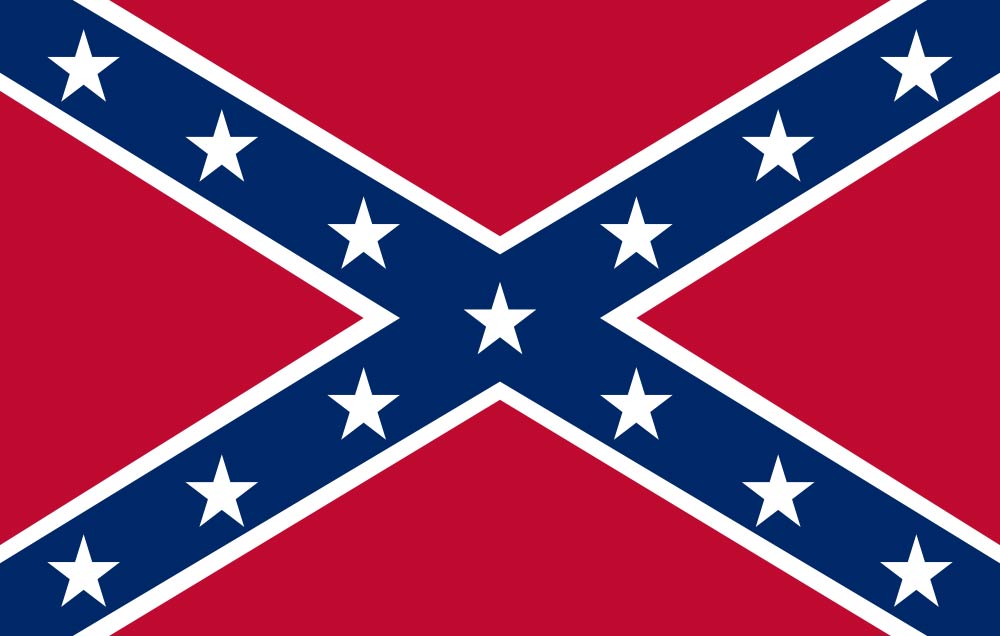
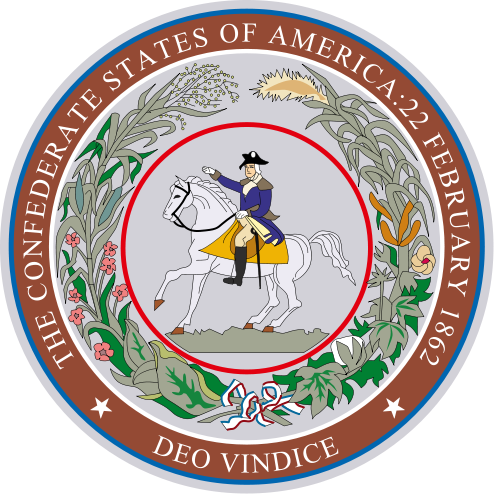 Landowners and industrialists in the southern states depended on low-cost slave labor to remain economically viable. They were opposed to the growing abolitionist movement in the northeastern states. Many people also believed that the government in Washington was operating a two-tier system, and that preferential treatment was given to people in the northwest. They pointed out that state and federal appointments tended to go to north westerners.
Landowners and industrialists in the southern states depended on low-cost slave labor to remain economically viable. They were opposed to the growing abolitionist movement in the northeastern states. Many people also believed that the government in Washington was operating a two-tier system, and that preferential treatment was given to people in the northwest. They pointed out that state and federal appointments tended to go to north westerners.
With the election of President Abraham Lincoln in November 1860, southerners felt their economic existence was threatened. Lincoln had openly campaigned for the abolition of slavery, and equal rights for people regardless of color.
The original seven secessionist states formed their own government, with Jefferson Davis from Mississippi as its president, at a convention in Montgomery in Alabama. On February 4, 1861, shortly after Lincoln took office.
It is unclear whether the secessionist states anticipated a military response to the secession. The initial secession was intended to be a peaceful secession, and the initial response by the Federal government was to oppose the secession on constitutional grounds. Supporters of the secession argued that the constitution was simply an agreement between states, and that any state had the right to withdraw from that agreement.
It is known that Jefferson Davis had urged convention delegates to delay declaring themselves as secessionist until they had a militia in place that could be used to defend them against any Federal attacks, so it is clear that there was some consideration given to the possibility of military conflict following secession.
Fort Sumter
Any hope of a peaceful secession ended in April 1861 when the Confederates attacked Fort Sumter, a Federal garrison near Charleston in South Carolina. The Confederate government had issued a decree ordering the Union army to withdraw its soldiers from the garrison. The government had already taken possession of all the Charleston property owned by the Federal government, with the exception of the fort.
In the months leading up to the actual assault, the Confederate government had tried to force the issue by cutting off supplies to the garrison, and had fired on supply ships trying to enter Charleston Harbor. In effect, the fort was under siege before the battle commenced.
The Confederate government had surrounded the fort with heavy artillery, and began firing on the fort on April 12. The garrison, under Major Anderson, initially defended the fort by firing on the attackers, but after 34 hours, Anderson realized his position was untenable and agreed to withdraw with his troops.
Although there was no actual loss of life in the Battle of Fort Sumter, the action provoked widespread calls on both sides for further military campaigns. President Lincoln responded by asking for volunteers to join the Federal cause to help put down the rebellion and recapture Fort Sumter, and this call prompted the secession of the remaining four states.
The Confederate States of America also received support from factions in both Kentucky and Missouri. It was also supported by the Confederate Territory of Arizona, an area comprised of part of modern Arizona and New Mexico. An attempt by Maryland to secede was unsuccessful, with the Federal government imposing martial law to prevent it.
Civil War
The Confederate States of America now found itself in a war situation with very few resources. Jefferson Davis realized that decisive and immediate measures would have to be taken if the secessionary states were not to be overrun by Federal troops.
He introduced wide-ranging measures and laws to finance and equip the Confederate army. These measures were deeply resented by ordinary people in the South, and from the very beginning, the Confederate government and its president encountered hostility.
Davis drafted a new permanent Constitution that gave him the power of veto, and a presidential term of six years. He set about streamlining and centralizing the armed forces, moves which were not well received by all of the Southern governors, who wanted to maintain control over men and resources in their own states.
Finance Problems
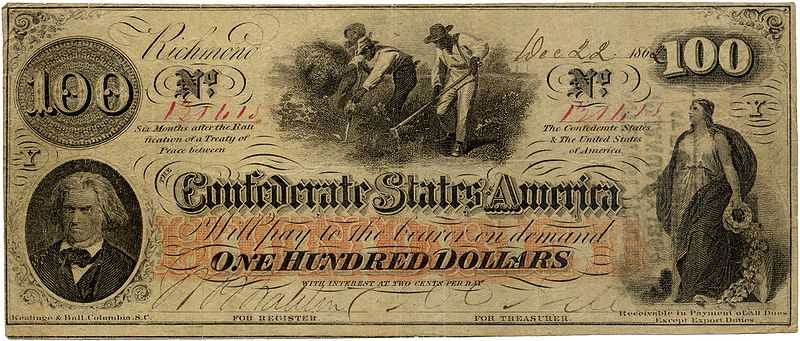 The Confederate States of America were consistently short of money. The outbreak of war meant that southern farmers could no longer sell produce to American buyers outside the Confederacy. Additionally, the Federal government had run successful blockading campaigns that severely restricted foreign trade.
The Confederate States of America were consistently short of money. The outbreak of war meant that southern farmers could no longer sell produce to American buyers outside the Confederacy. Additionally, the Federal government had run successful blockading campaigns that severely restricted foreign trade.
The government tried to raise money by bond issues, none of which were successful. The treasury then tried to solve problems by just printing more money, a measure that led to increasing inflation. By early 1863, the government was forced to impose a number of severe taxes on the population. These taxes resulted in building resentment among the population and still they were not enough to yield the finances needed.
To keep the military machine running, the Confederate States of America next introduced draconian measures that included the seizing of livestock, foodstuffs and machinery from the ordinary people, fuelling even more resentment and having a devastating effect on morale.
Mounting losses of human life in the various battles saw the Confederate army desperate for more men, and the government introduced conscription, the first time a draft was used in America.
End of the Confederacy
In the first two years of the Civil War, the Confederates had been successful in several battles, but each victory had resulted in increasing demands on resources and an ever-growing number of casualties.
The second half of the war saw the Union army begin to get the upper hand and on May 9, 1865, the Confederate States of America surrendered, resulting in the dissolution of the Confederacy.
